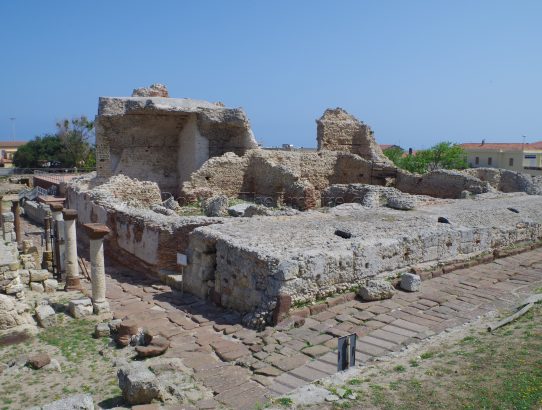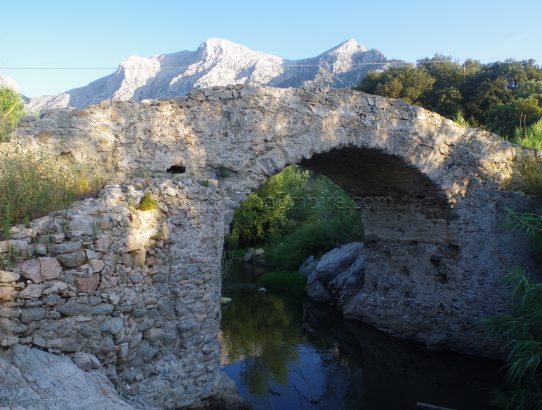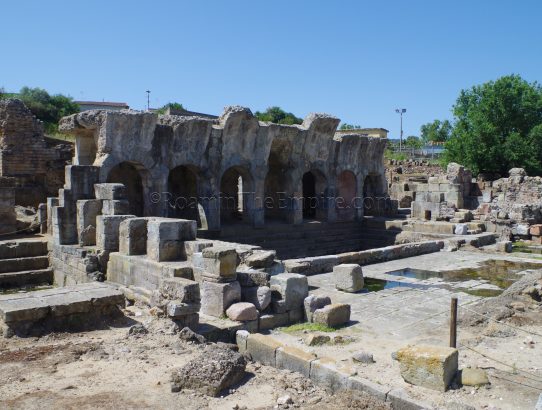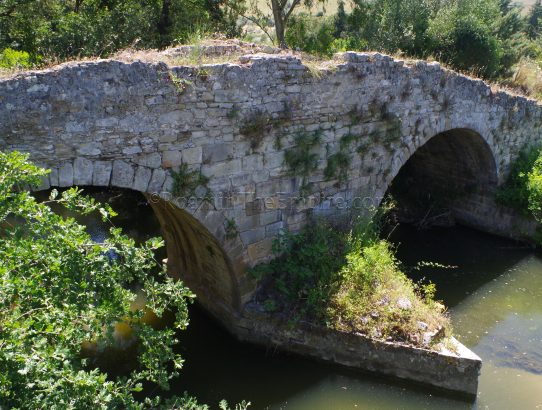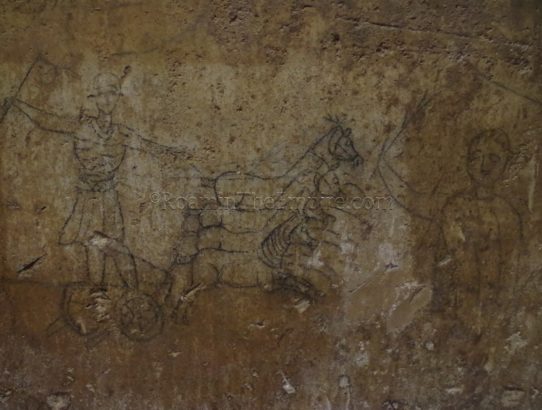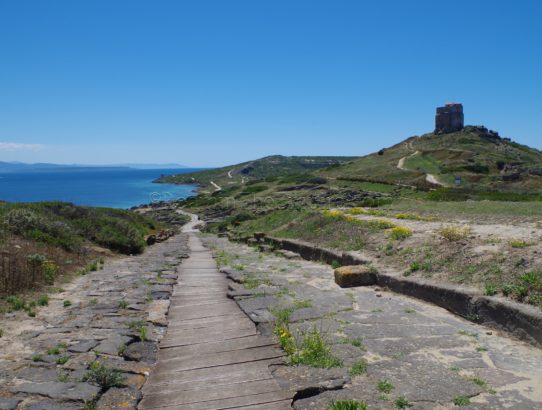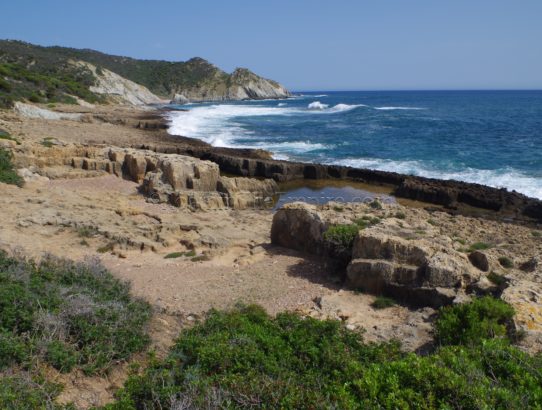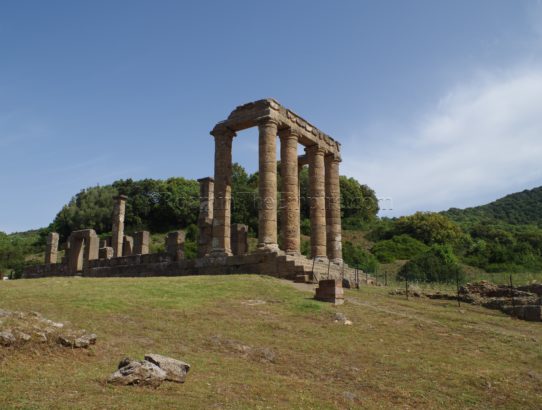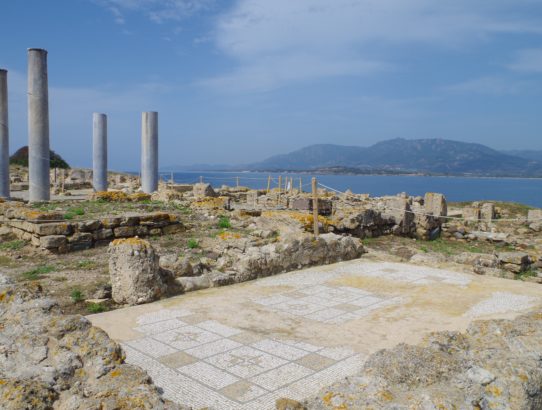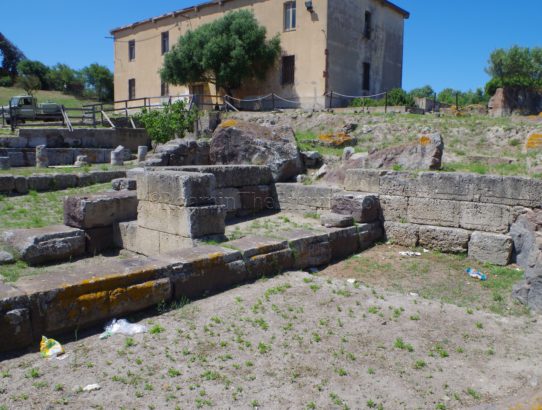Turris Libysonis, Sardinia
History Today, Porto Torres is one of the most important ports on the island of Sardinia. In antiquity, the city’s Roman predecessor, Turris Libysonis (alternatively Turris Libyssonis or Turris Libisonis), held a similar status on the island. Despite the name seeming to suggest some connection with North Africa, Turris Libysonis appears to be a settlement…
Read More


